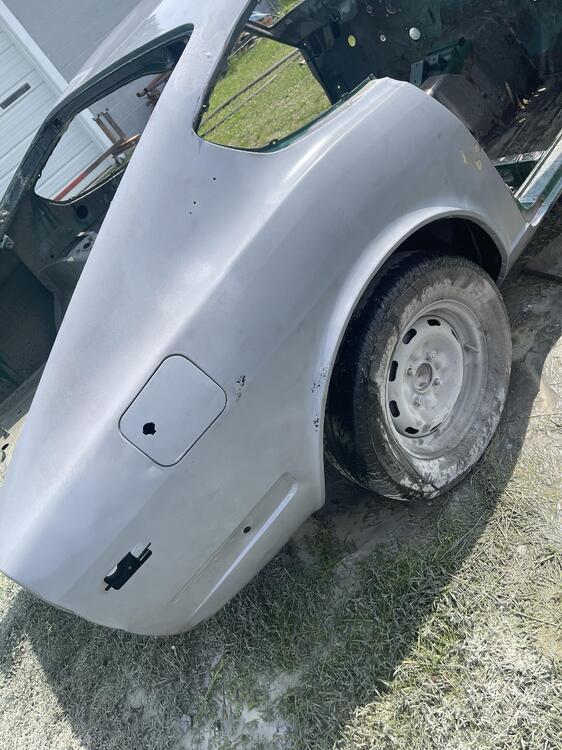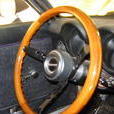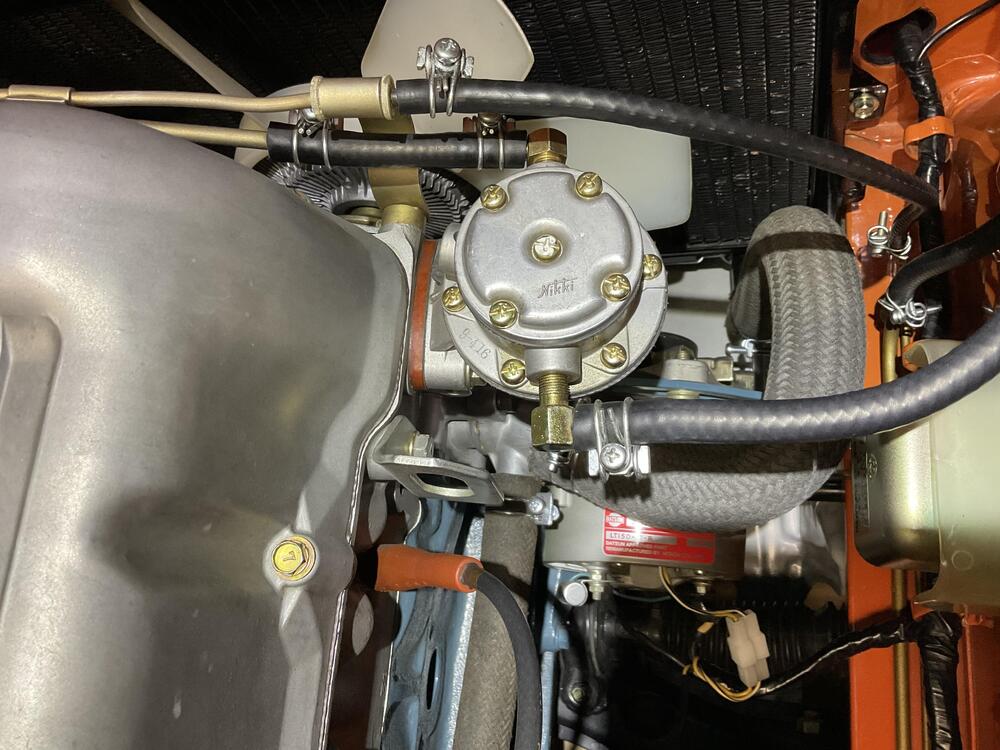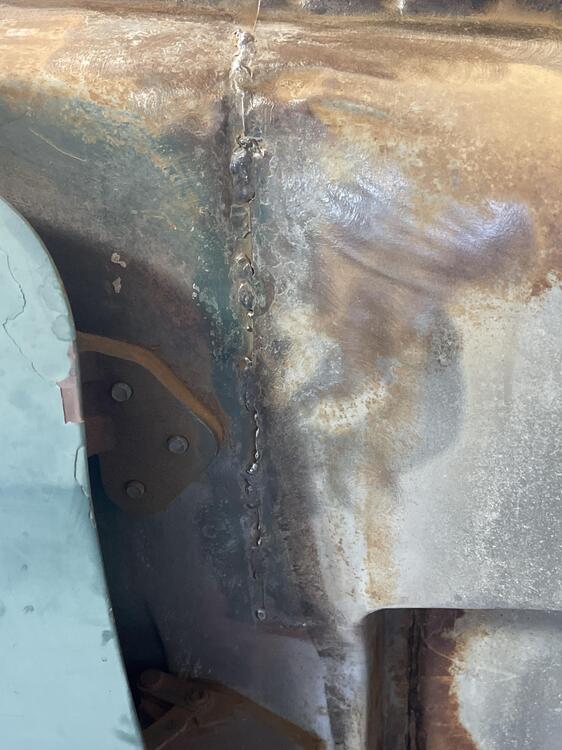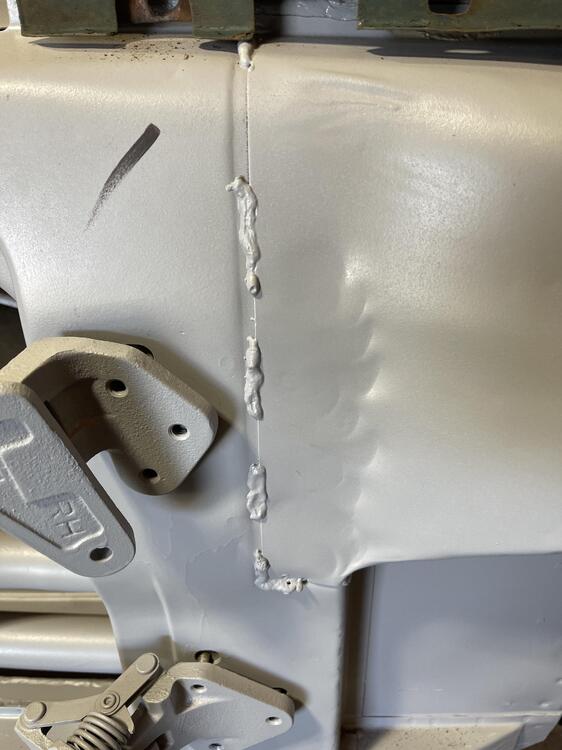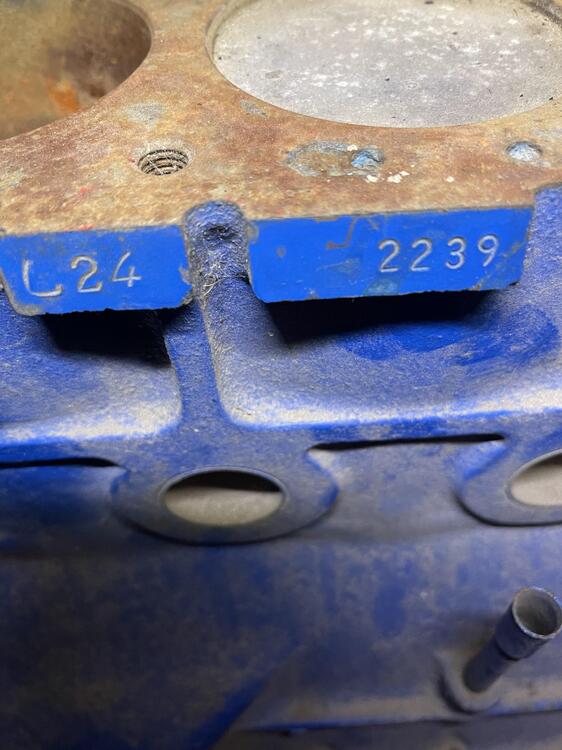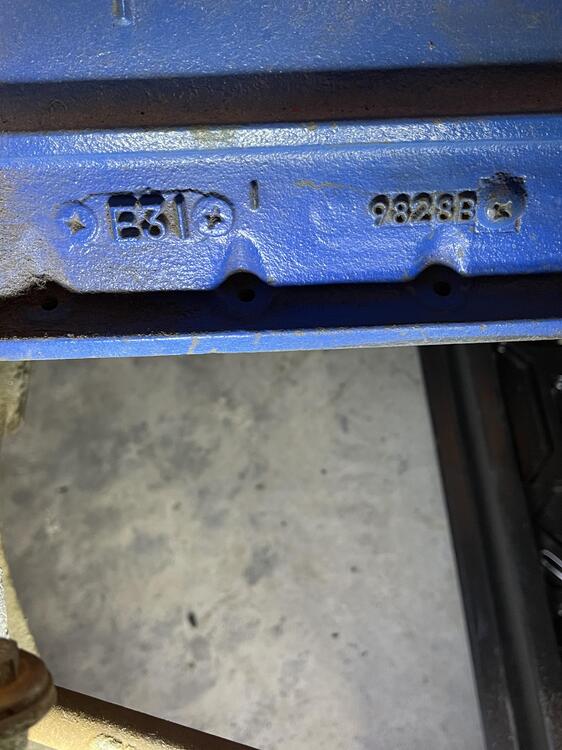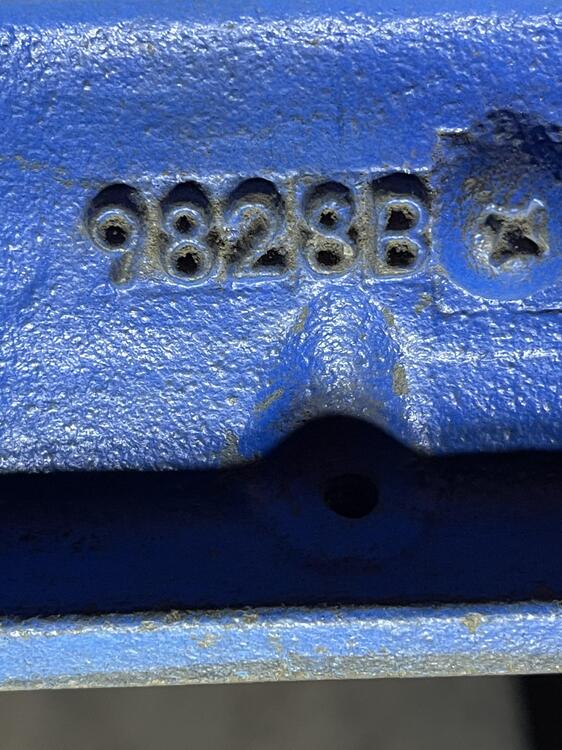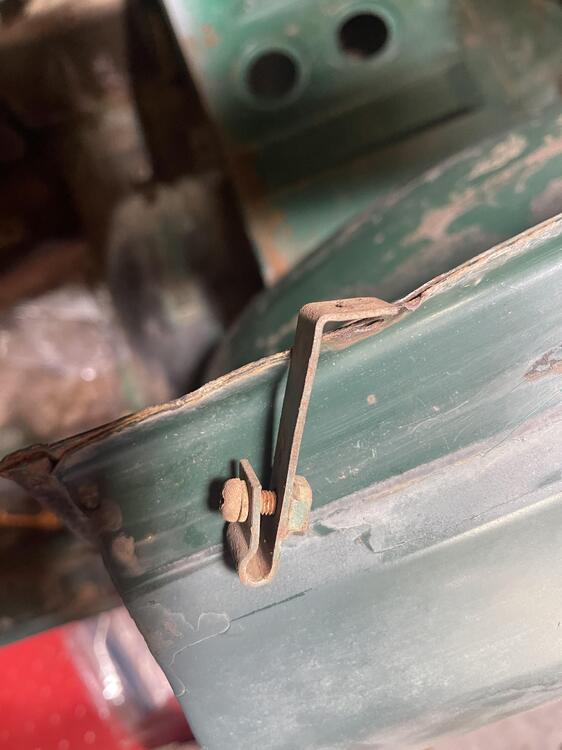Interesting question. I decided to turn AI loose to get an answer. Here's what I found:
The Monroney sticker, also known as the window sticker, is a label required in the United States to be displayed in all new automobiles. It includes certain official information about the car, such as pricing, equipment, and fuel economy details1. But why didn’t Canada adopt a similar sticker system? Let’s explore:
Historical Context:
In 1955, Senator Almer Stillwell “Mike” Monroney chaired a subcommittee that investigated complaints from U.S. car dealerships about abusive treatment by manufacturers. Dealers could inflate the manufacturer’s suggested retail price, leaving buyers unaware of the actual cost and options1.
To address this, Monroney sponsored the Automobile Information Disclosure Act of 1958, which mandated information disclosure for all new automobiles sold in the U.S. This act required the Monroney sticker to be displayed on new cars1.
Canada’s Approach:
Canada did not adopt the Monroney sticker system for several reasons:
Regulatory Differences: Canada has its own regulatory framework for vehicle informationdisclosure. Instead of a single standardized sticker, Canadian provinces and territories have their own requirements for vehicle information, including pricing and safety features.
Market Size: The Canadian automotive market is smaller than the U.S., which may have influenced the decision not to implement a nationwide sticker system.
Industry Practices: Canadian dealerships and manufacturers may have relied on other methods to provide information to consumers, such as brochures, websites, and sales representatives.
Consumer Awareness: Canadian consumers may have been more familiar with alternative sources of information, reducing the need for a standardized sticker.
Canadian Vehicle Information:
While Canada doesn’t have a Monroney sticker, pre-owned vehicles must have a Buyers Guide sticker as mandated by the Used Car Rule of the Federal Trade Commission. This decal informs buyers about warranties or indicates that the pre-owned car is being sold "as is".
So: It looks, to me, like another example of how Canada and its bush league politicians have dropped the ball for decades as they've skirmished over inter-provincial trade issues. As Canadian citizens, we all end up as losers because of this (continuing) parochialism.
It's possible that some of the provinces may have (or have had) a window-sticker rule in place -- but I doubt it. I worked for GM Canada CHQ (Canada Headquarters) from 2004 - 2010 as a product training specialist. I don't recall ever having to deal with window stickers for any of the new-stock vehicles that we used for dealer training programs carried out across the country. Prior to that, I worked for about ten years in a similar role in the USA for GM and Mercedes-Benz and the new-stock production vehicles used for training purposes always came with a Munroney sticker.

 Subscriber
Subscriber 12Points445Posts
12Points445Posts Subscriber
Subscriber 5Points11,142Posts
5Points11,142Posts











